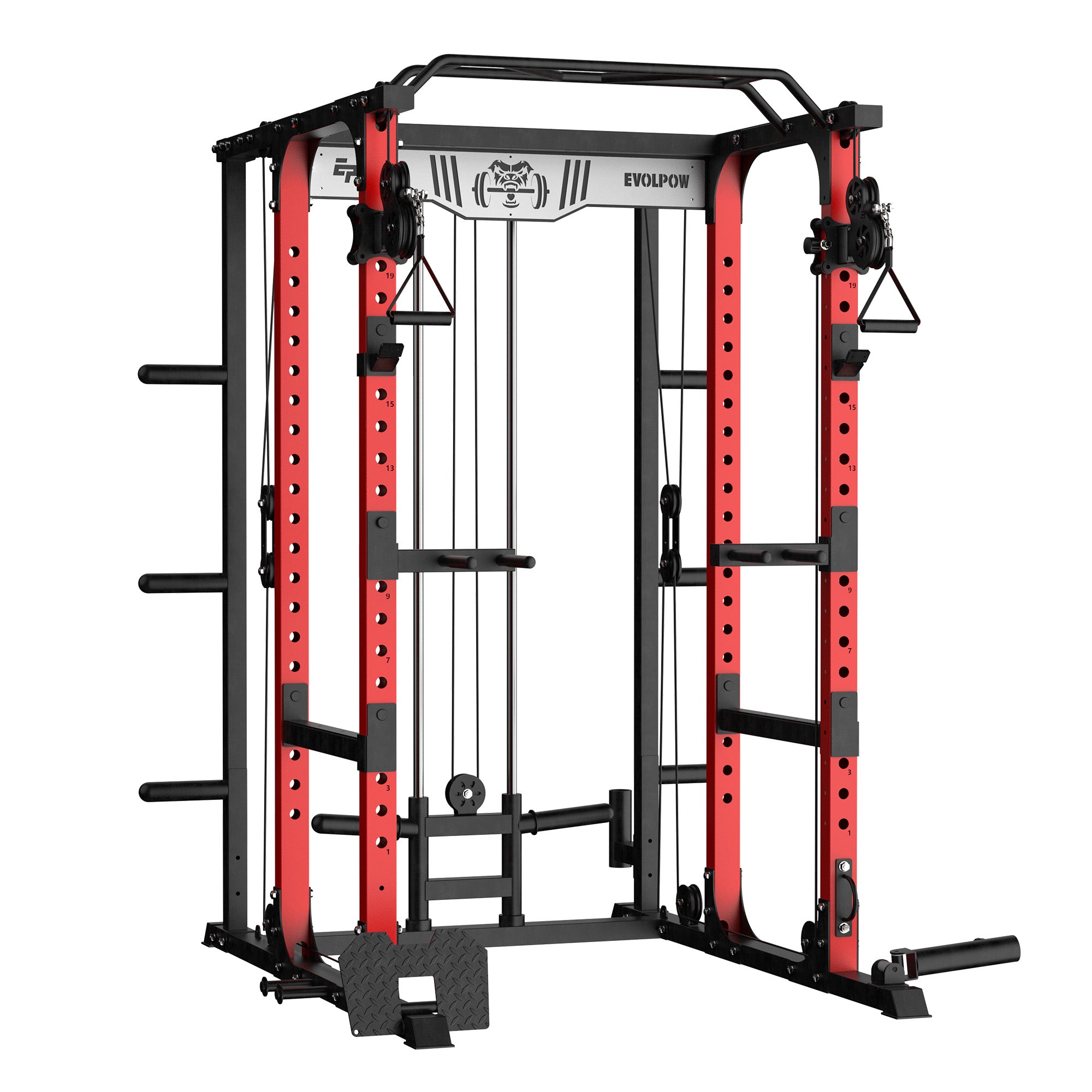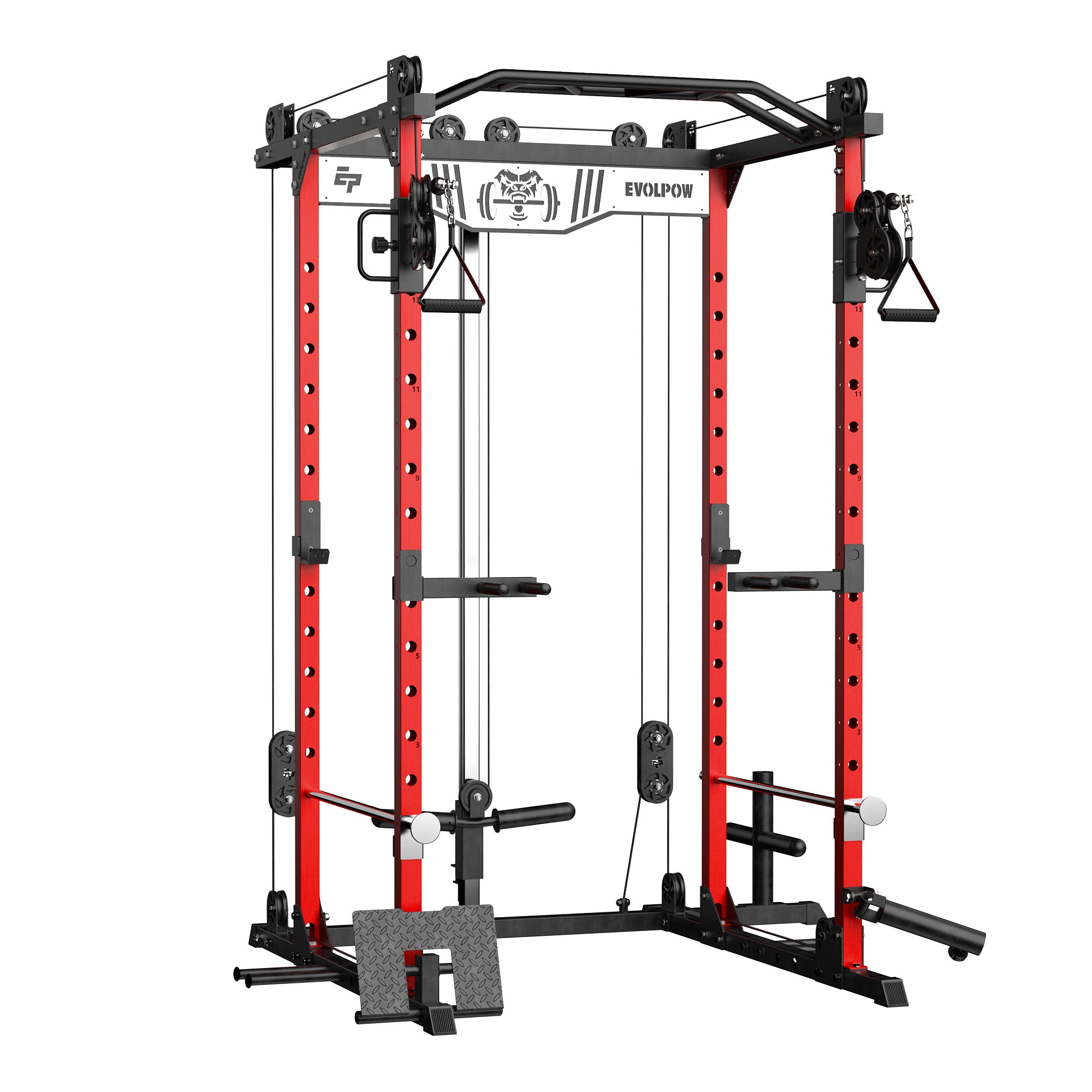In the field of strength training, most people optimize training and nutrition, but don't pay attention to another key variable, namely recovery.
Well, while diet and training are certainly key, what if I told you that optimizing your recovery can improve your performance in the home gym and help you lose fat, gain muscle, or gain more strength in a short amount of time. Understanding the nuances of recovery days and how to use them effectively can greatly improve your exercise program. Recovery days are not just about resting, but giving your body the attention it needs to rejuvenate and thrive. By taking full advantage of well-planned recovery days, you can ensure continuous progress and maintain a sustainable, productive exercise program. Now, we delve into the science behind muscle recovery and explain why giving your body the rest it deserves is just as important as exercising itself.
CONTENTS
Understand the meaning of recovery days
5 key tips to optimize strength training
Conclusion
-
Understand the meaning of recovery days

To achieve your fitness goals, you don't have to work out at a high intensity all year round. Really, the key is how to optimize your strength training. As Matthew Stults Kolehmainen, PhD, a postdoctoral fellow in exercise science at Columbia University, points out, "Fitness progress is not just a sweat, but a delicate balance. You have to be precise in two phases - one where you train hard and the other where you rest and replenish quietly.
During the training phase, you tear tiny muscle fibers through hard work, which is the basis for muscle growth and strength gain. However, the real transformation happens during the rest phase. When you lie down and rest, your body begins to repair and rebuild these damaged muscle fibers, making them stronger and tougher.
In short, the recovery phase is an integral part of your fitness journey. Only with full recovery can your muscles be ready for the next challenge, so that you can gradually approach and achieve your fitness dreams.
-
5 key tips to optimize strength training
1. Proper Cool-Down
After the completion of strength training, is an important part of the relaxation phase. Start with static stretching, holding a comfortable position, stretching and lengthening the muscle tissue, stretching each muscle group for about 15-30 seconds. Follow up with 5-10 minutes of light aerobic activity, such as jogging or walking, to help lower heart and respiratory rates, promote the removal of metabolic waste in the body, and promote recovery.
You can also use a roller, massage stick, or other recovery tool to perform light muscle massage or self-massage to relax tense muscles and promote blood circulation and waste removal. Finally, engage in a few minutes of deep breathing and meditation exercises to help you relax and reduce stress and anxiety.
2. Post-workout protein and carbohydrates
Nutritional supplements after strength training are also important, especially if you eat enough protein and carbohydrates. These two nutrients play a key role in helping muscles recover and grow.
The first is protein, which is the basic building block of muscle tissue. Strength training can cause minor damage to muscle tissue, and eating enough protein can help repair those injuries and help muscles grow and recover faster. The recommended intake is usually about 1.6 to 2.2 grams of protein per kilogram of body weight. Good sources of protein include chicken breasts, fish, beef, beans, dairy products and eggs.
Then there are carbohydrates, which are the body's main source of energy. After strength training, the body needs to recover the energy it burns and replenish glycogen reserves in the muscles. Carbohydrates provide energy quickly and promote the absorption and use of proteins. It is recommended to choose complex carbohydrates such as whole grains, vegetables and fruits instead of simple sugars. Appropriate carbohydrate intake depends on an individual's level of activity and goals, but it is generally recommended to consume about 3-5 grams of carbohydrates per kilogram of body weight.
Protein and carbohydrates are ideal for 30 minutes after strength training, when the body has the highest absorption and utilization of nutrients.
3. Drink More Water

Water is an essential nutrient for human body. It plays an important role in the digestion, absorption, transportation and utilization of nutrients. In addition, water is involved in energy production and joint lubrication. After strenuous exercise, water loss due to excessive sweating is common. It is worth noting that losing 2% of one's weight due to loss of water can lead to heat-related diseases and, in extreme cases, can be fatal.
However, many people do not get enough water because they rely too much on thirst as a sign of hydration. But in fact, when you're thirsty, your body is already dehydrated. Hydration before and after exercise is essential to improve performance and recovery. It is recommended that you drink at least two glasses of water before exercise and replenish the same amount after exercise.
In addition, according to the weight loss situation to supplement water is also important. For every pound of weight loss, increase your water intake accordingly. Compared with those athletes who did not replenish water in time after exercise, those athletes who replenished water sufficiently improved their recovery and performance significantly.
4. Sleep and rest

Sleep and rest are essential to optimize the effectiveness of strength training. In the course of strength training, the body will experience minor muscle damage and fatigue, and good sleep and rest can promote the recovery and growth of the body, thereby improving training results. First of all, sleep is one of the body's most important recovery methods.
As we sleep, the body enters a state of repair and regeneration. In this state, the body releases growth hormone to promote muscle growth and repair. Sleep also helps regulate the body's hormone levels, including the production of cortisol, a stress-related hormone. High cortisol levels can cause muscle breakdown and energy loss, which can affect the effectiveness of strength training. Secondly, adequate rest can reduce muscle fatigue and soreness. After strength training, the muscles feel tired and sore due to minor muscle damage and accumulation of metabolic waste. Proper rest can help the muscles recover and clear away waste, thus reducing muscle fatigue and soreness.
Finally, good sleep and rest are also important for good physical and mental health. Studies show that lack of sleep increases anxiety and stress levels, which can affect physical function and mental health. On the contrary, good sleep and rest improve the body's immunity, improve mental health, reduce anxiety and stress, and improve cognitive functions such as attention and memory.
5. A balanced workout
A balanced workout plan is the key to improving the effectiveness of strength training, which has many far-reaching benefits. By combining different types of training, such as aerobics, core training, and flexibility training, we can ensure that our bodies are well-balanced and functional. First of all, aerobic exercise can enhance heart and lung function, improve physical endurance and endurance. Proper aerobic exercise before and after strength training helps to speed up blood circulation, provide more oxygen and nutrients to muscles, and promote the excretion of metabolic wastes such as lactic acid to reduce muscle fatigue and soreness. Second, core training is essential to improve physical stability and balance. The core muscle group is the bridge connecting the upper and lower limbs. Its strength directly affects the stability and efficiency of the body. Through core training, we can increase the strength and endurance of the core muscle group, so as to better support the body and reduce the risk of injury caused by incorrect posture or irregular movements.
-
Conclusion
Optimizing the recovery after strength training is a systematic and complex process, which requires us to start from many aspects. Through proper training schedules, nutritional supplements, sleep management, stretching and relaxation, and the use of recovery AIDS, we can maximize the effectiveness of our training while maintaining good physical and mental health. Let's work together to keep moving forward on the road of strength training!
Q&A
Q: How long does it take to recover your muscles?
A: When it comes to muscle recovery, a reasonable amount of rest is key, and a 48-hour break is usually recommended to allow the muscles to recover.
Q: Are there appropriate nutritional supplements or dietary plans to facilitate recovery?
A:Cover the surface of the equipment with a sweat absorbent blanket, clean the equipment and the floor regularly, and clean the floor and the surface of the equipment with disinfectant or detergent. Make sure the gym has a good ventilation system, open Windows for ventilation or use an air purifier to reduce sweat and odor.
Q: Are there specific restorative activities, such as massage or stretching, required?
A: For restorative activities, massage and stretching are good choices to promote blood circulation and muscle relaxation, helping to reduce muscle fatigue and soreness.
Reference
7 Strategies to Improve Recovery and Adapt from Hard Training | BarBend
Best Ways to Optimize Recovery for Strength Training | ISSA (issaonline.com)
Getting the Most Out of Your Strength Training Recovery Days - Innis.Fit
7 Recovery Day Mistakes You Might Be Making (womenshealthmag.com)
5 Key Tips to Improve Recovery after a Workout (muscleandstrength.com)






